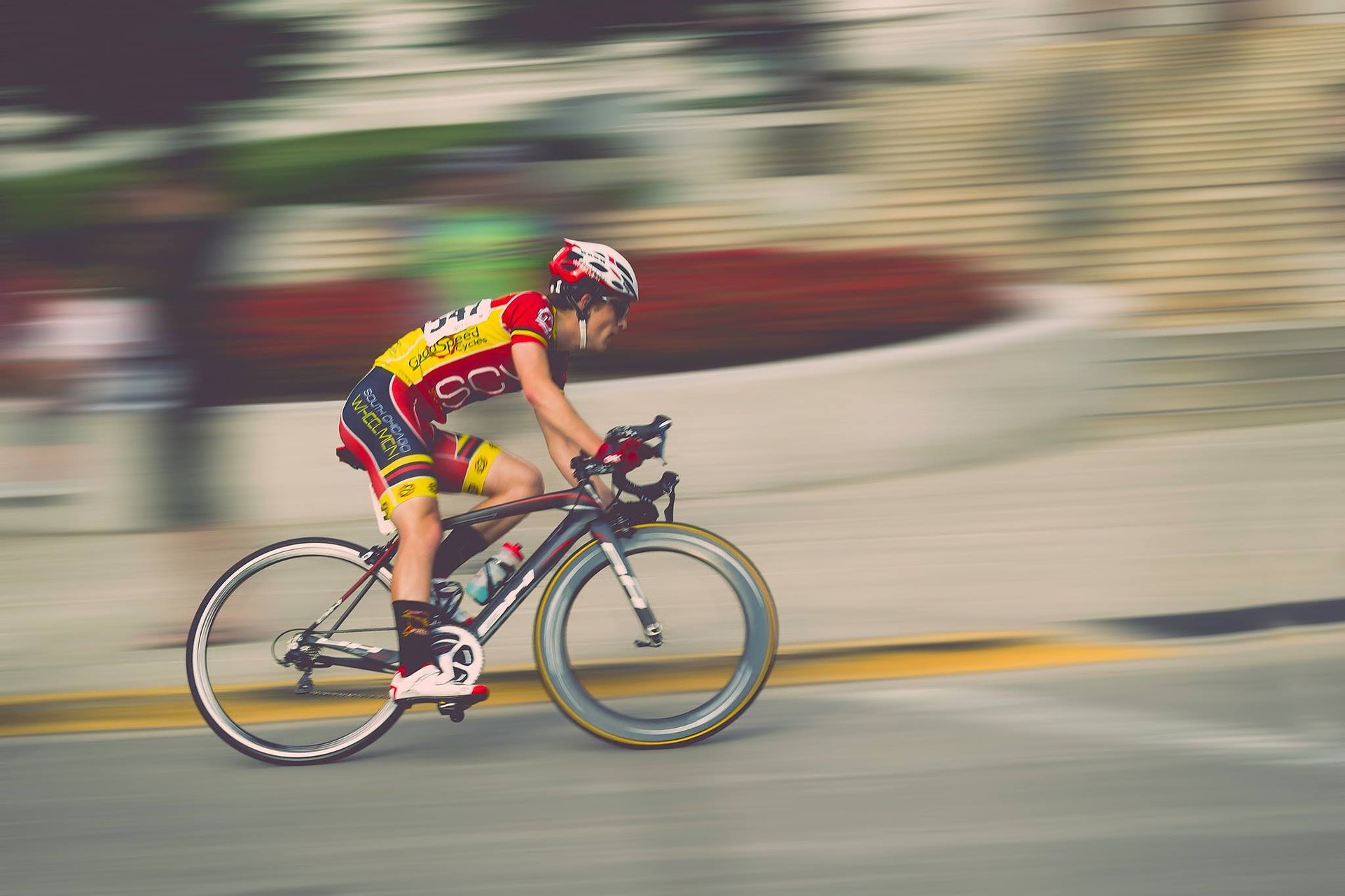Cycling is always enjoyable when you have the right kind of bike. This refers to the geometry and components. Especially when
hey are designed to agree with your style of riding, your fitness level, and your body structure.
There are thousands of models available right now. Each offers its pros and cons. It also depends on what your pocket can handle. But let us say you are new to cycling.
You are yearning to upgrade into a bike of your dreams.
Your rusty steel road bike has been fun in showing you the basic skills of being a cyclist. But this time, you want to update to something regarded as the ‘standard’ road bike. So what do you do?
- Do your research
Doing your research can prevent you from lamenting your choice. By picking the right bike for your type of riding, what you do is crucial. There are countless famous names out there. But they are probably beyond your means.
And getting one of those brands doesn’t mean that it is suited for your style of riding. For example, you can’t buy a time trial bike if you are doing a lot of off-road or gravel riding.
Also, why buy a track bike when you should be getting a regular commuter bike with gears and brakes. Why waste time and money when in the end you are not going to enjoy the ride? And what’s worse, if your purchase will lead you to injury.
- Different types of road bikes
– Race bikes – For these bikes, speed is of the essence. They are lightweight. The emphasis is on velocity and comfort is secondary. Race bikes have skinny wheels. They are also made to ensure that there is no loss of power. Of all road bikes, they are the lightest and the most aerodynamic.
– Sportive bikes – Sportive bikes are also called endurance bikes. They are meant for long-distance rides. The speed is secondary, so comfort is the chief concern. The riding position is uptight due to the relaxed geometry of the frame. They have larger clearances to fit wider tires. They can travel great distances and conquer the hilly terrains.
– Commuter bikes – For commuter bikes, comfort is the main concern. Endurance is also the chief concern as they are also regarded as work bikes. Commuter bikes are equipped with fittings for mudguards, racks other accessories. Commuter bikes can withstand abuses of bad roads and unpredictable weather.
– Touring Bikes – Touring bikes are the camels of the cycling world. They can carry large bags and also undertake greater weight due to their built and geometry. Like commuter bikes, there are fittings to hold luggage, racks and water containers. They are sturdy and can endure any terrain and any weather condition. Aerodynamics is not the concern because they are for long rides across cities and even countries.
– Gravel bikes – Gravel bikes are built to take rough terrains. They are like mountain bikes but not quite so. Their tires are thinner than mountain bikes and they don’t have front shocks. All in all, they are your regular road bikes with bigger tires. They are devised for cyclocross racing and any other off-road races. They can weather impacts and drops due to the sturdy built.
– Track bikes – Track bikes are also known as fixed gear bikes. They are constructed for track racing. Original track bikes were designed for races inside the velodrome. That is why they have no brakes. Urban cyclists, especially messengers, have adapted their form because they are low maintenance. They are not prone to breakage due to the basic components.
- Check your budget
After doing your research, you have finally decided as to what kind of bike you are going to buy. It is time to check your budget.
Are you looking for a cheaper entry-level road bike? One that can fulfill its intended purpose without the bells and whistles of an expensive brand?
Yes, a $1,000 price tag may look attractive, but it doesn’t mean it can offer what you need in your riding. It is also crucial to look outside the known brands to see if they can subserve your needs.
- The build
Check the frames. Are you into good old steel or are you obsessed with weight and aerodynamics? How about something between the two, like aluminum? Carbon frames make the ride smoother as they can absorb shocks. Aluminum is stiff but they come with Chromoly steel forks to give them a little flex and shock absorption. Titanium is expensive because it has the lightness of aluminum with the durability of steel. Each of these types come with an assigned price range.
- Bike fit
Anyone can make a bike fit. But it is suggested that a professional bike fitter gets the work done properly. Most of the discomforts suffered during the ride can be due to a bad bike fit. From, a very short seat post, poor saddle tilt up to bad handlebar angles. A proper bike fit will prevent injury and ensure that you will have a great riding experience for a long time.
- Bike accessories
Now that you have your dream bike, some accessories can help you relish your ride. These are your water bottle, bottle cage, saddlebag, and bike lights. Others prefer bike bells for safety, but for a road bike, it’s not that important.
There are numerous kinds of water bottle cages. One of them is a cage that can carry two bottles under the saddle. It can also accommodate a saddlebag and other items. This is for those who go for long-distance rides and could not be satisfied with just one water bottle.
Bike lights are also essential, especially for evening and night riding. It is recommended that you should have both a front and backlights. This will guarantee visibility to motorists and pedestrians. The more powerful lights, the better!
Road cycling continues to evolve as there are new technologies invented every year. Whether you are new to the sport or a veteran, it is important to pay attention to what your body needs. With this mentality, you will have enjoyable years of cycling for fitness and fun.
Add The Sports Daily to your Google News Feed!









